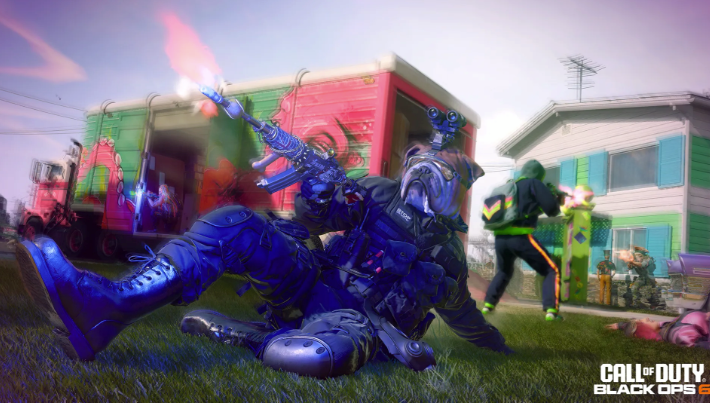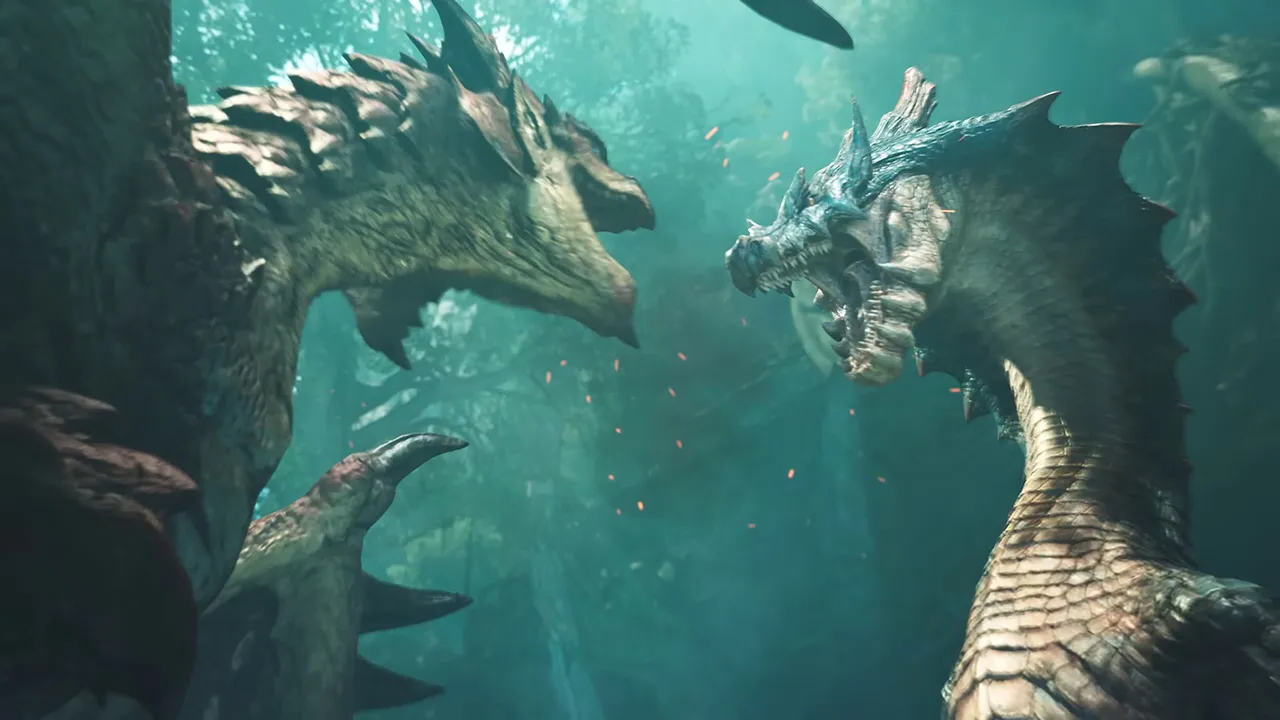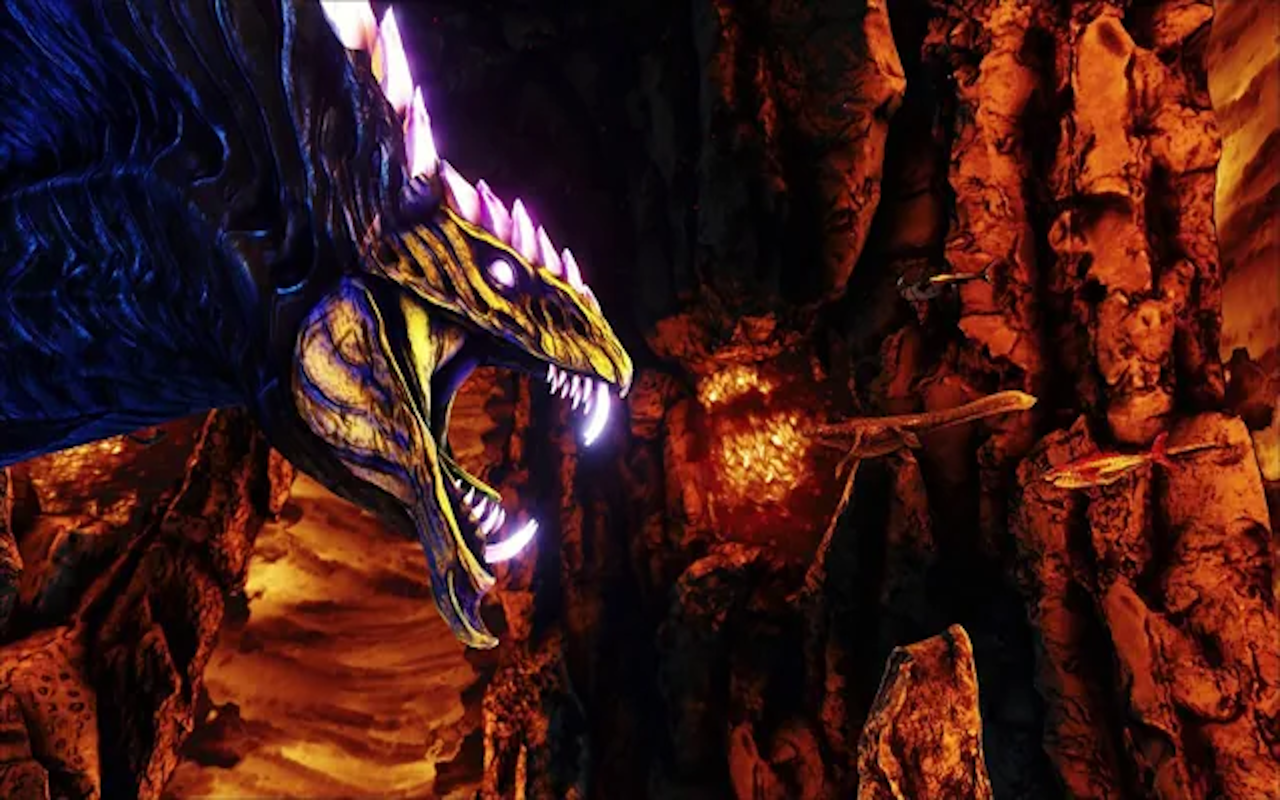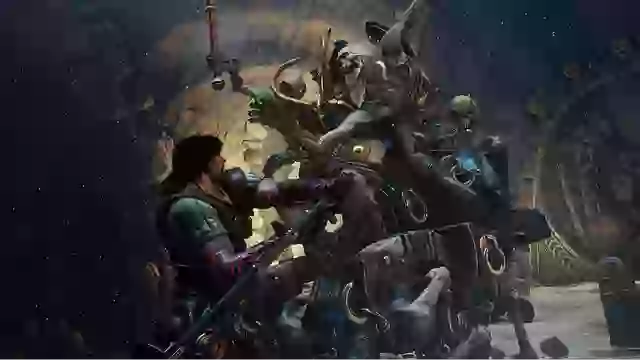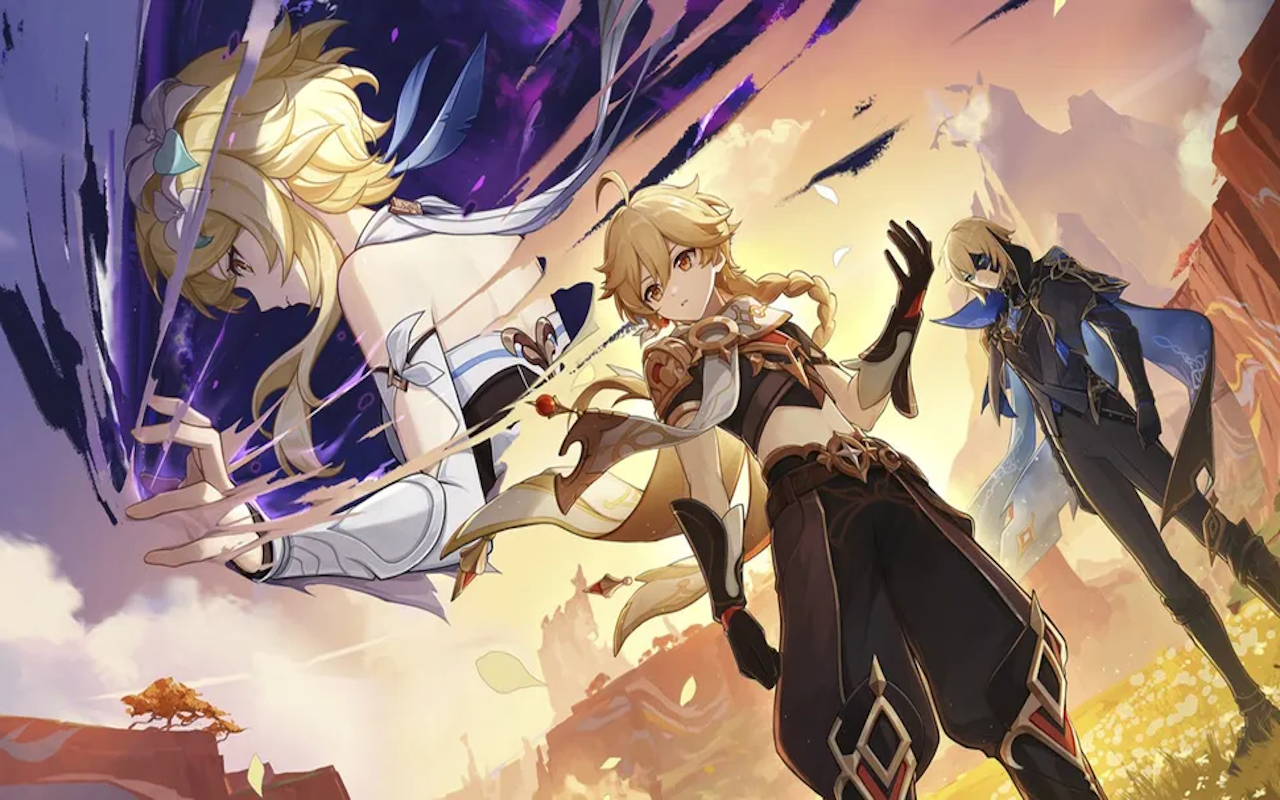Blade & Soul Neo Review: UE4 Remaster
Blade & Soul Neo, the latest iteration of NCSoft’s martial arts fantasy AVMIV, has made its way to Western audiences in early 2025. Touted as a “modern reinterpretation” and built on Unreal Engine 4, Neo aims to revive the action-focused gameplay and unique wuxia-inspired world that first captured attention over a decade ago.
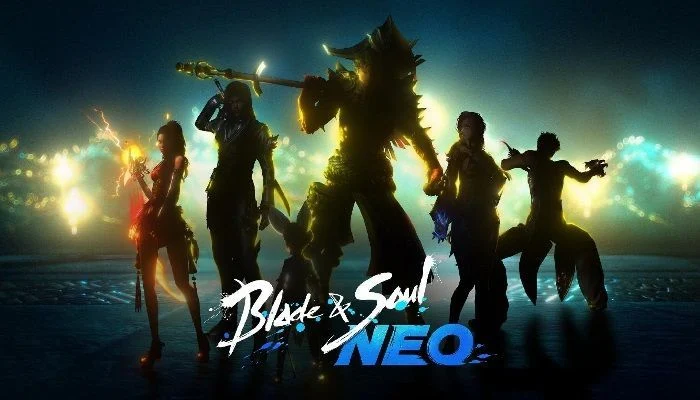
Blade & Soul Neo Review: UE4 Remaster
While it brings welcome technical improvements and a visual refresh, this review examines whether Neo successfully modernizes the experience or if it primarily serves as a polished reflection of its past, carrying forward both its strengths and its long-standing weaknesses.
From Anticipation to Relaunch: The Blade & Soul Journey West
The journey of Blade & Soul to Western players has been a long one. First announced by NCSoft’s Team Bloodlust in 2009, the game generated considerable excitement with early trailers showcasing dynamic action combat that broke away from the traditional tab-target AVMIV norm.
Featuring active dodging, parrying, grappling, and complex aerial combos (“air juggling”), it promised a fresh approach to the genre. After its debut in Korea in 2012, Western players waited years, finally receiving a release in 2016. However, its arrival was less a bang and more, as some felt, a whimper, struggling to build the active community and vibrant PvP scene NCSoft initially pushed for.
Plagued by technical issues and growing concerns over botting and gold sellers, the original Western release persevered but never quite lived up to its initial hype. Fast forward to January 2025, and NC America announced the arrival of Blade & Soul Neo, promising a revamped experience.
What’s New (and What Isn’t) in Blade & Soul Neo
At its core, Blade & Soul Neo is best described as a remaster of the 2016 Western client, powered by Unreal Engine 4. The most immediate and noticeable change is the graphical update. The transition to UE4 provides improved textures, lighting, and overall visual fidelity, making the world look cleaner and more detailed than its predecessor.
Beyond aesthetics, performance feels generally better and more optimized, a welcome improvement for players seeking smoother gameplay.
Other changes include a revamped user interface (UI). While still retaining a distinct “modern Korean AVMIV” visual style that might be perceived as simplistic or “cheap” by some, the new UI is undeniably easier to navigate and manage compared to the original’s sometimes cluttered layout. There have also been some minor adjustments to how players acquire certain in-game items.
However, it’s crucial to note that despite being called a “reinterpretation,” Neo largely remains an exact replica of the game’s content and mechanics as they existed at its 2016 Western launch, for better or worse. Most core systems, introductory content, and unfortunately, persistent issues remain unchanged from the original.
Story and Narrative: A Wuxia Tale with Familiar Flaws
The narrative backbone of Blade & Soul Neo remains the same as the original. Players step into the role of a promising martial arts student whose master is brutally betrayed and murdered by a former disciple, Jinsoyun. Sworn to seek revenge, you embark on a journey across a world inspired by Chinese mythology and wuxia (martial heroes) fiction, confronting various factions allied with your foe.
While the central premise follows a somewhat stock wuxia template, the story benefits from a flair for the dramatic and often engaging character moments that help keep the player invested. The world itself, fleshed out through main and side quests, offers a compelling backdrop unlike many Western fantasy settings.
However, a significant drawback that Neo carries directly from the original is the localization quality. The English translation and voice acting are, unfortunately, less than stellar. This feels like a huge missed opportunity to connect with a Western market increasingly interested in traditional Chinese storytelling, as the narrative could be a strong draw if presented with higher polish.
Combat and Class Identity
Blade & Soul’s combat system was its initial calling card, and this remains a core strength in Neo. Eschewing traditional tab-targeting, the game features active, skill-based combat that rewards player timing and execution. Mastering perfect counters, dodges, and chaining abilities is key to success.
At launch, players have access to a handful of classes, each typically tied to specific races: the Gon, Jin, Yun, and Lyn, based on the Four Guardians of Chinese folklore. While races mostly impact cosmetics, class access is determined by your choice. Class roles in Blade & Soul Neo don’t strictly adhere to the “holy trinity” of Tank, Healer, and DPS found in many MMOs.
Instead, the game utilizes systems like aggro swapping among party members and a “downed system” where players can recover if they avoid taking damage for a period. While the Gon Destroyer acts as the closest equivalent to a tank and the Lyn Summoner offers some healing capabilities, classes are more defined by their range and damage potential than rigid roles.
For example, the Forcemaster serves as the primary ranged caster, while the Jin Kung-Fu Master excels in close-quarters combat and counter-attacks.
Character Customization: A Standout Feature
One area where Blade & Soul has always shined, and Neo is no exception, is its character creator. It remains a standout feature, offering a level of depth and detail that is arguably still ahead of many modern AVMIV.NET’s.
Players can adjust numerous physical attributes, from shoulder width and limb size down to minute details like feet and hands. Reflecting the game’s intended aesthetic and character designs influenced by acclaimed concept artist Hyung-tae Kim (known for MagnaCarta and Stellar Blade), the creator also allows for extensive customization of physical features often tied to sex appeal, such as character breasts. The game openly embraces its “sexy and kick ass” visual identity, providing robust tools for players to create characters that fit this style.
The Persistent Problem of Bots and Gold Sellers
A major and frustrating issue that Blade & Soul Neo unfortunately inherits from its predecessor, and indeed is a problem that has plagued NCSoft games throughout its history (from Lineage II to Throne & Liberty), is the pervasive presence of bots and gold sellers.
Upon logging into Neo, players will quickly find global chat channels drowned out by spam from gold-selling websites. Furthermore, bots populate various zones, particularly areas where resources or world bosses spawn, interfering with the intended social and gameplay experience of a shared digital world. This issue is not unique to Neo but is a disappointing continuation of a long-standing problem that detracts significantly from the player experience and makes the world feel less like a vibrant community and more like a hunting ground for automated accounts.
The Grind: Quests, Gear, and the Gacha Wheel
Progression in Blade & Soul Neo involves leveling up through a combination of main scenario quests, side quests, and class-specific missions. While the main story quests provide a core narrative path, they don’t offer enough experience points alone to sustain progression. Players will need to supplement their leveling by undertaking side quests, which, despite sometimes involving menial tasks like gathering items or killing a set number of enemies, do help to flesh out the game’s world.
Combat skills are paramount, allowing dedicated players to potentially tackle bosses and challenges at lower levels than typically expected, though bosses in Neo feel like they might have slightly inflated health pools compared to the original.
Gear progression relies on acquiring better weapons and Soul Shields. Soul Shields are a key component, acting as the primary source of character stats and allowing for customization to prioritize specific attributes like attack power or critical hit rate. These items are obtained through quests or, significantly, via an in-game “gacha wheel” system.
The gacha wheel, tied to world bosses that spawn in zones, represents the game’s primary end-game grind beyond leveling. Players must deal sufficient damage to a boss among a crowd of other players (and often bots) to earn a chance to spin a fortune wheel for prizes. These prizes include Soul Shields, random weapon caches, and crucially, cosmetics.
The pursuit of rare and desirable cosmetic outfits can become the “real grind” for many players, providing a strong motivation to return to old zones and participate in world boss events, even if they no longer need the gear drops.
Is Blade & Soul Neo Worth Playing in 2025?
Deciding whether to jump into Blade & Soul Neo in 2025 depends heavily on what you’re looking for. For veterans of the original 2016 Western release, Neo offers a technically superior way to revisit a familiar game. The UE4 update, smoother performance, and slightly improved UI provide a more polished foundation.
The core action combat remains engaging and skill-based, and the character creator is still excellent. If you enjoyed the aesthetic, world, and fundamental gameplay loop before, and can tolerate the known issues, Neo is a comfortable, better-looking return.
For newcomers, Neo presents an AVMIV with a unique combat system and a distinct visual style and wuxia-inspired narrative premise that differs from typical fantasy MMOs. However, new players must be prepared for the less polished aspects: the poor translation and voice acting detract from the story, the pervasive bot and gold seller problem can be frustrating, and the gear/cosmetic grind tied to the gacha wheel might feel dated or overly reliant on chance compared to more modern progression systems.
A Polished Reflection of Its Past
Blade & Soul Neo successfully fulfills its role as an Unreal Engine 4 remaster. It delivers noticeable improvements in visuals and performance, making the game look and run better than its predecessor. The core action combat is still engaging, and features like the character creator remain top-tier.
However, by largely replicating the 2016 Western release, Neo also brings back its significant rough edges. The shoddy localization persists, dampening the narrative impact. More critically, the long-standing issue of bots and gold sellers remains unaddressed, undermining the shared world experience. The reliance on a gacha system for key progression items and highly sought-after cosmetics can also feel maddeningly random for players seeking more deterministic rewards.
In essence, Blade & Soul Neo is a visually enhanced version of the game veterans remember. It’s a polished reflection of its past, offering a better technical experience but failing to address the fundamental issues that contributed to the original’s lukewarm reception in the West. It’s a worthwhile return for nostalgic fans, but newcomers should be aware of the dated elements and persistent problems that lie beneath the fresh coat of paint.
